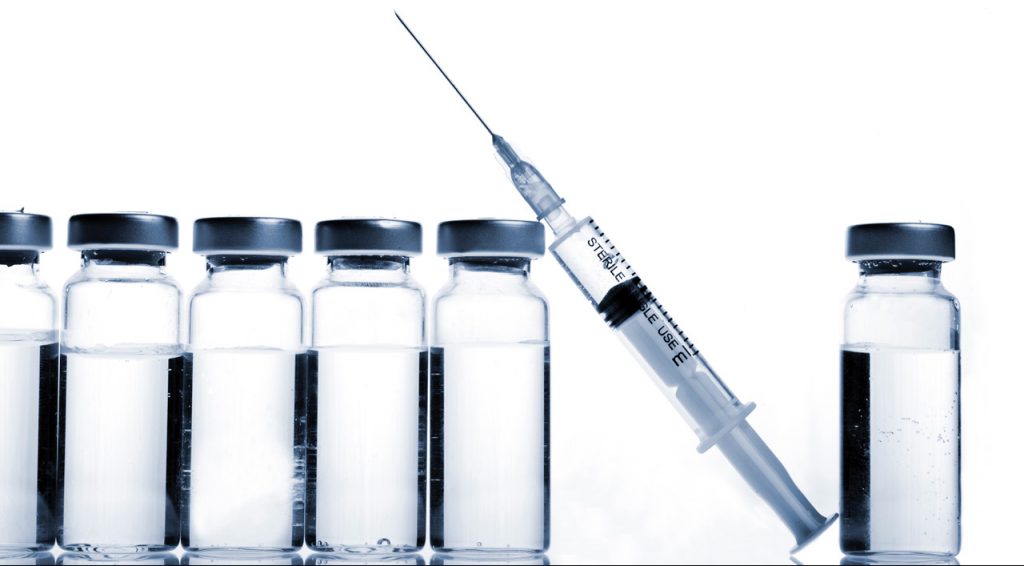Role of release modifiers to modulate drug release from fused deposition modelling (FDM) 3D printed tablets

Although hot melt extrusion (HME) has been used in combination with fused deposition modelling (FDM) three-dimensional printing (3DP), suitable feedstock materials such as polymeric filaments with optimum properties are still limited. In this study, various release modifying excipients, namely, poly(vinyl alcohol) (PVA), Soluplus®, polyethylene glycol (PEG) 6000, Eudragit® RL PO/RS PO, hydroxypropyl methylcellulose (HPMC) K4M/E10M/K100M, Kollidon® vinyl acetate 64 (VA 64)/17PF/30, were used as a release modulating tool to control the drug release from 3D printed sustained release tablets. Ibuprofen (as the model drug) and ethyl cellulose (as the polymeric matrix), along with various release modifiers, were blended and extruded into filaments through a twin-screw extruder.
Then these filaments were printed into cylindrical tablets through FDM 3DP technique and their surface morphology, thermal stability, solid-state, mechanical properties, dose accuracy and drug release behaviors were investigated. The solid-state analysis of 3D printed tablets exhibited the amorphous nature of the drug dispersed in the polymer matrices. Although all these prepared filaments could be successfully printed without failing during the FDM 3DP process, the mechanical characterization showed that the filament stiffness and brittleness could be adjusted significantly by changing the type of release modifiers.
Moreover, in vitro drug release studies revealed that the drug release could simply be controlled over 24 h by only changing the type of release modifiers. All ibuprofen (IBP) loaded 3D printed tablets with ethyl cellulose (EC) matrix, especially with PEG as the release modifier, showed great potential in releasing IBP in a zero-order reaction. In conclusion, all the results illustrated that the HME/FDM approach and optimized formulation compositions can be an attractive option for the development of pharmaceutical tablets and implants where adjustable drug release patterns are necessary.
Article information: Kejing Shi, Jonathan P. Salvage, Mohammed Maniruzzaman, Ali Nokhodchi, Role of release modifiers to modulate drug release from fused deposition modelling (FDM) 3D printed tablets, International Journal of Pharmaceutics, Volume 597, 2021. https://doi.org/10.1016/j.ijpharm.2021.120315.


